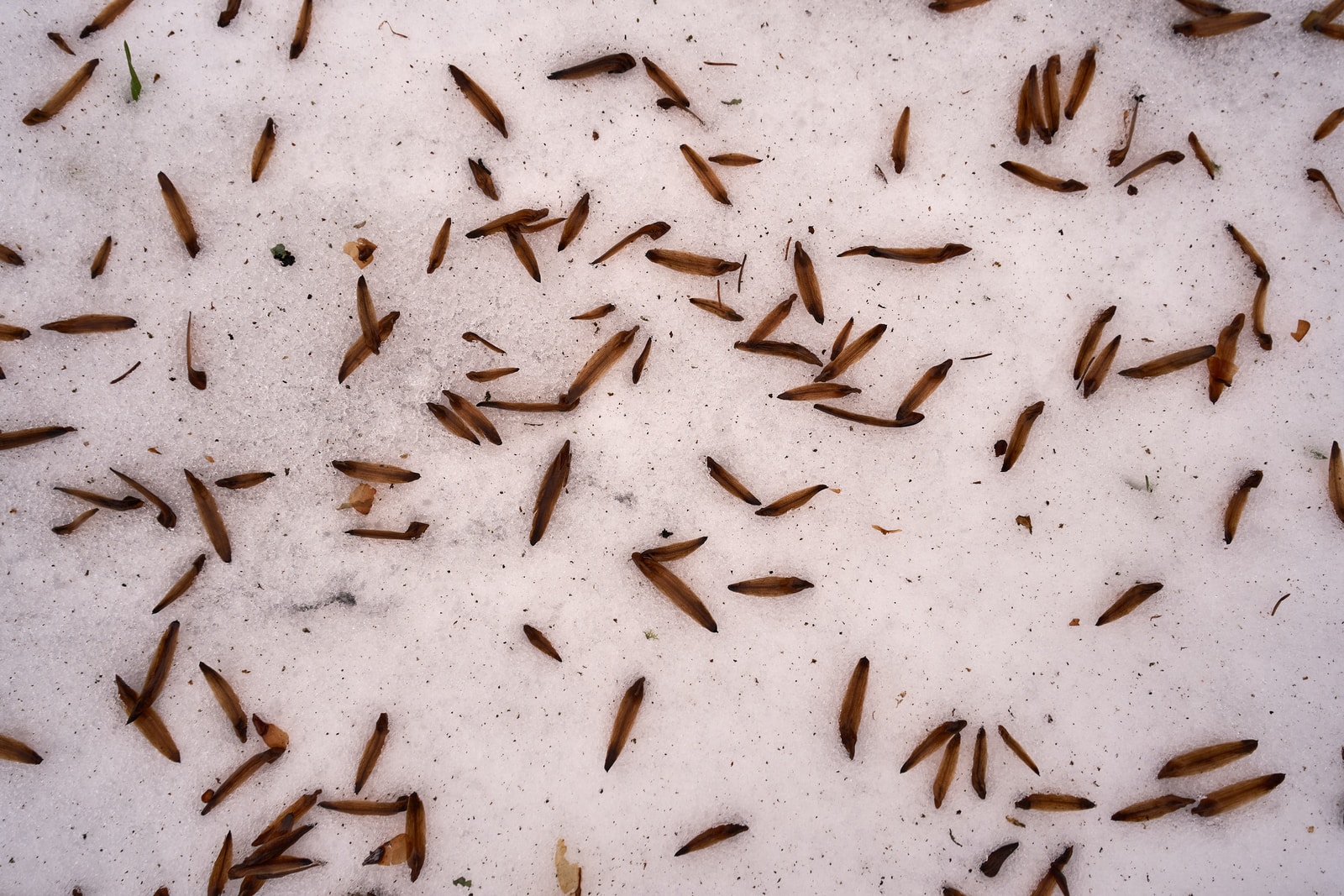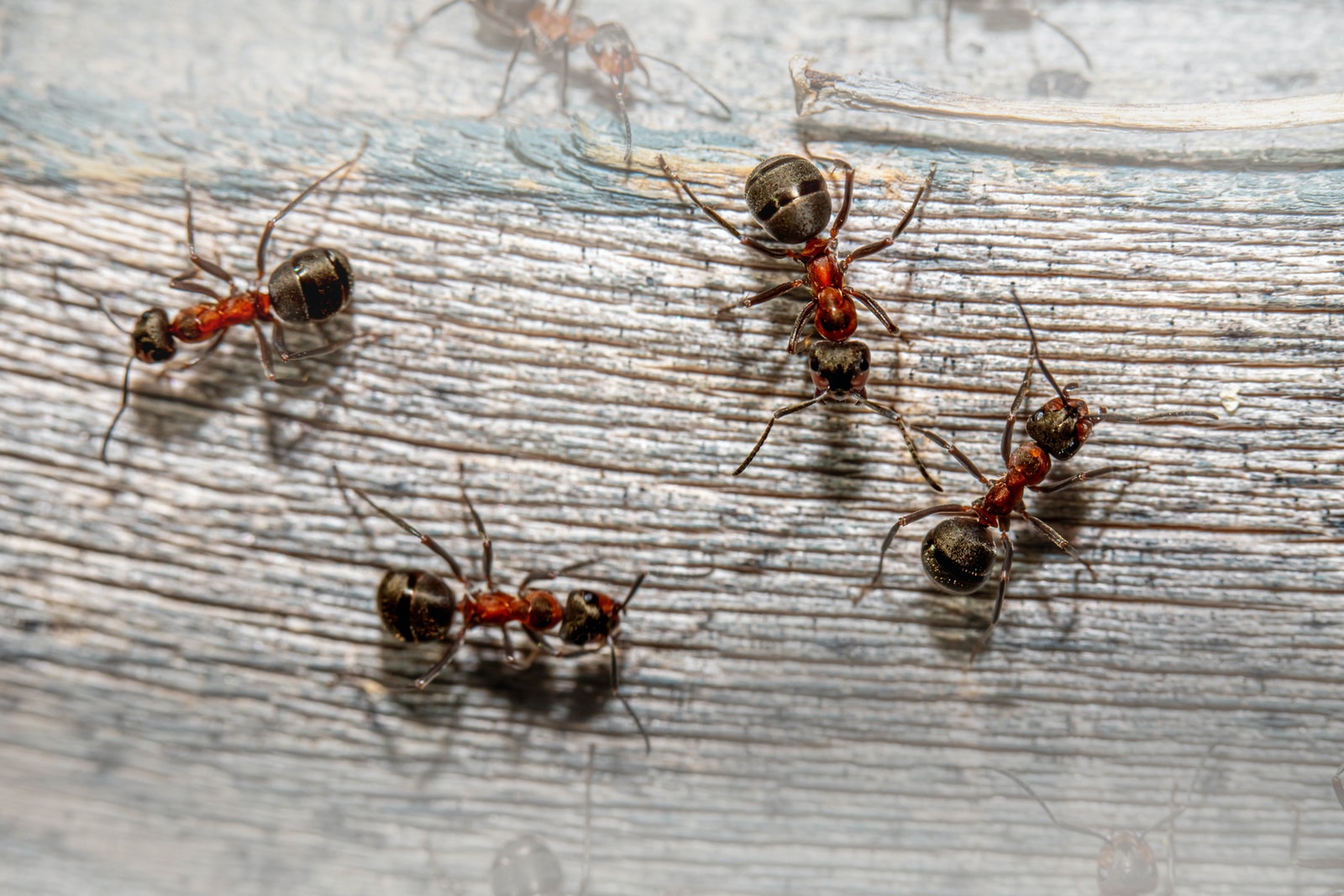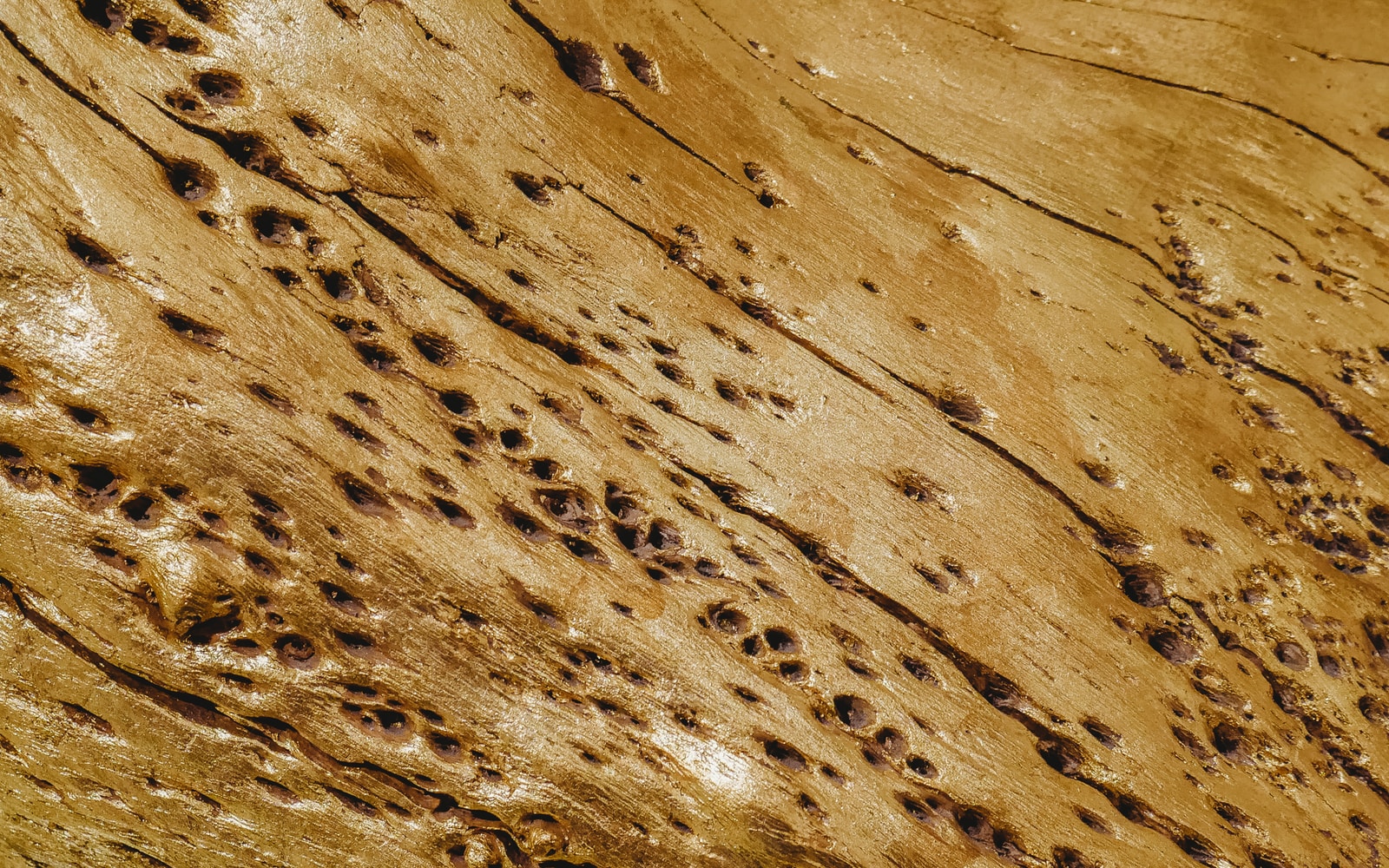Wood Destroying Insect Inspections
Why Should I get a WDI Inspection?
Have you ever been curious about what else might be living in your home? Adding a wood destroying insect (WDI) inspection can help answer that question. As a certified professional inspector, we are trained to help identify these pesky intruders. If identified you then can use the report as leverage to negotiate for a treatment and/or repairs. This could save you hundreds!
How much does a WDI inspection cost?
The cost is $90.00 to add on a wood-destroying insect inspection to your home inspection. All findings and location of issues will be documented in the NPMA-33 form.



What if the inspection discovers bugs or damage?
If wood-destroying insects are found during the inspection, your inspector will be able to help advise what steps are needed next. Each bug attacks differently. Not all damage is structurally threatening. Not all signs or indications may be active. Your inspector can help clarify if treatment is recommended or not.
COMMON PESTS & INSECTS FOUND DURING INSPECTIONS
Termites
In Michigan, we have what is known as Eastern Subterranean termites. This type of termite is the most damaging insects of wood. Their presence is hard to notice, and damage usually is found before the termites are seen. As termites feed they weaken buildings, causing issues with a house’s framing that can lead to costly repairs or even a collapse. Since these termites work inside the wood, it may be years before residents suspect an infestation.
Generally, the first sign of an infestation is the presence of swarming termites on the window or near indoor light. If they are found inside the house, it almost always means that the home has been infested. Other signs that may be found are termite wings on window sills or in cobwebs, and shelter tubes, which are tunnels constructed by the termites from soil or wood and debris. Usually, wood damage is not found at first, but when it is found, it definitely reveals a termite infestation. Anywhere wood touches soil is a possible entry into a home for termites.
Carpenter Ants
These ants can range from 1/4″-1/2″ in size. The most common color is black, but some species may be brown, reddish, or even have a yellowish coloration. Carpenter ants build nests, they dig out tunnels in wood, weakening it from the inside. They do not eat wood like termites. They chew and leave the sawdust-like material behind. A long-term infestation with multiple colonies in a home could lead to serious structural damage.
Carpenter ants usually build their nests in damp, sound or decaying wood. Homes with moisture issues caused by leaks are prime targets for carpenter ants. Decks and poorly stored firewood are also targets for these ants. Unsealed openings on the exterior of the home are common entry points. Openings such as utility pipes, wires, and exhaust ports. These pests will also use tree branches that overhang roofs as a bridge accessing the home through roofs and attics.
Powderpost Beetles
The term “powderpost beetle” may refer to several different kinds of wood-infesting beetles. Beetle species that infest primarily hardwoods, softwoods, or both. The damage produced by these beetles may be small round holes (about the size of a pencil lead). The first sign of an infestation is usually a small amount of powder, called frass. The frass appears in or around a piece of wood that has been attacked by the beetle larvae. The simplest treatment is to remove and replace the infested wood. If left unattended the larvae could continually reinfest the wood, sometimes causing structural damage.
People often bring these beetles into their homes inside tools or imported wood decor. Bamboo is one of the more common sources. Many of the more serious infestations occur from using old lumber from a barn or woodpile to panel a room, use as support, or build an addition. When the beetles bore tiny pinholes to tunnel deep into timber and deposit their eggs, those small punctures are easy to overlook, even with a close inspection.
